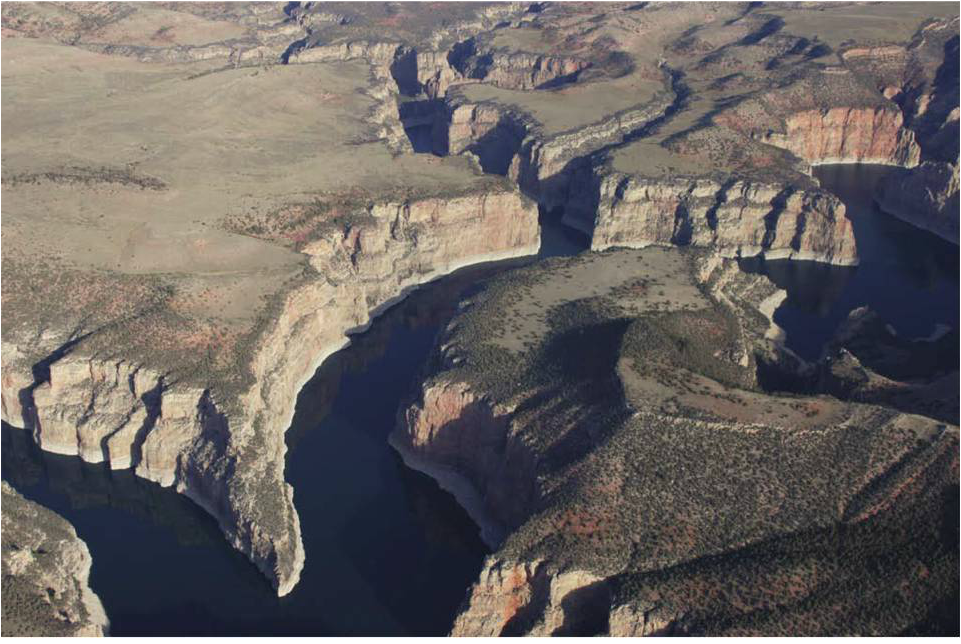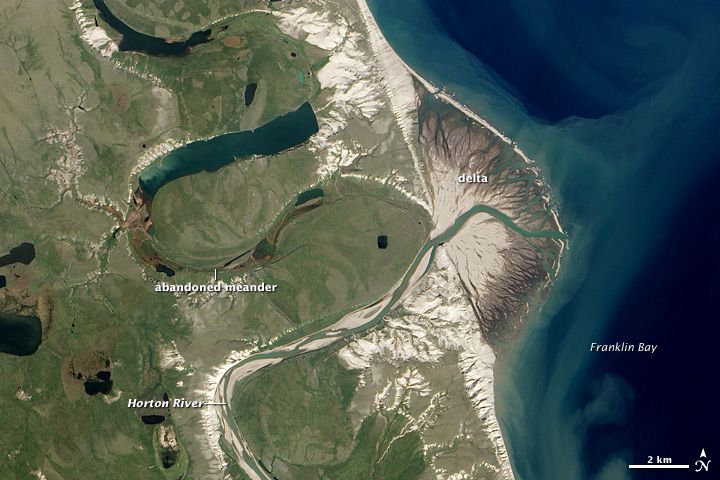
These variations in migration rate are likely a response to fluctuating channel widths over time because of a short-term imbalance between the rate of cutbank erosion and the rate of point-bar sediment accumulation. This means that predictions of migration rates for individual bends, based on short-term measurements using erosion pins or aerial photographs, are highly suspect. Recent data from forest successions on the floodplains of a variety of migrating rivers show that channel migration is a discontinuous process within any single bend. The results suggest that a meander belt will be formed by a river's own cutoff loops only if the characteristic time of deposition and solidification of an oxbow lake is longer than the typical time that it takes the river to migrate downstream over the distance of a meander-loop wavelength.read more read lessĪbstract: New field data relating to bend migration rates with bend radius of curvature to channel width ratios (r\dm/w) for the Beatton River confirm the form of the relationship the writers described in 1975, although there is more variance than our initial results suggested. As an initial demonstration, the formation of meander belts is investigated using the model.

The computational approach permits exploration of long-term changes in the floodplain geology, mediated by the meandering river. The simulations indicate that the typical meander wavelength is determined mainly by hydraulic factors such as the flow in the channel and the inclination of the underlying flood plain and is independent of the difference in the credibilities of sedimentary deposits. In the simulations, geometric forms of individual meanders observed in different natural sedimentary environments have been reproduced by changing the credibility of the corresponding sedimentary materials, such as point bar deposits, flood plain deposits, and oxbow lake deposits. Fine-grained material eventually fills the oxbow lakes created by cutoff processes and forms erosion-resistant plugs. Coarser sands, which are often associated with high credibility, are deposited in the point bars formed when the river migrates away from its former bank. and is closely related to that proposed by Howard. The model is based on the theory of Ikeda et al. An explanation is offered in terms of bend instability.read more read lessĪbstract: A computer model for the dynamics of meandering rivers has been used to study the interplay between the migrating river and the changing sedimentary environment created by the meandering river itself. Analysis of data suggests that meandering in supraglacial meltwater streams is primarily due to the alternate bar mechanism, whereas the meandering of rills incised in cohesive material and of caves is likely due to the bend mechanism.The meander wavelength of incised reaches of meandering streams is often longer than that of adjacent alluvial reaches. A mechanism for incised alternate bars which differs from that for the alluvial case appears to operate at different characteristic wavelengths than that of bend instability. This provides a rationale for the continuous evolution of alternate bars into true bends such that each bend contains one alternate bar.The same bend instability applies to incised meanders.

Herein a stability analysis of a sinuous channel with erodible banks allows for delineation of a ‘bend’ instability that does not occur in straight channels, and differs from the alternate-bar instability.In the case of alluvial meanders, the two mechanisms are shown to operate at similar characteristic wavelengths. The condition of inerodible sidewalls, however, does not allow a meandering channel to develop. Abstract: Instability of the alternate-bar type in straight channels has long been identified as the cause of fluvial meandering.


 0 kommentar(er)
0 kommentar(er)
